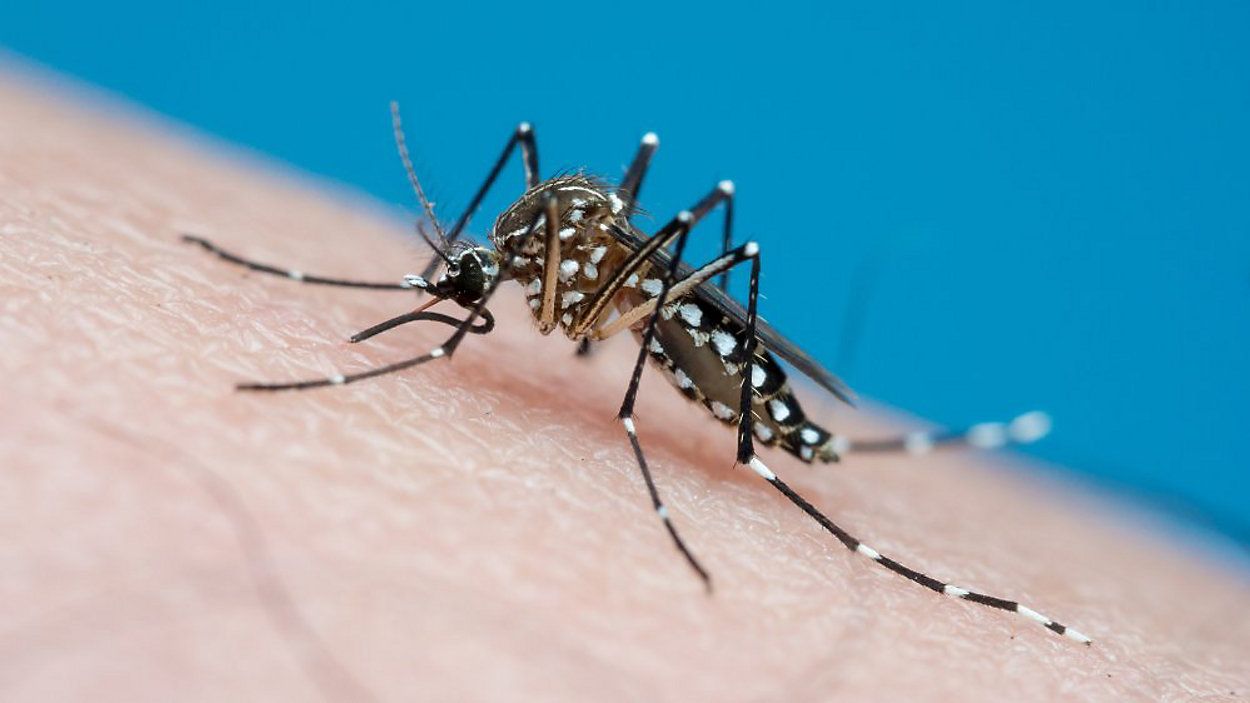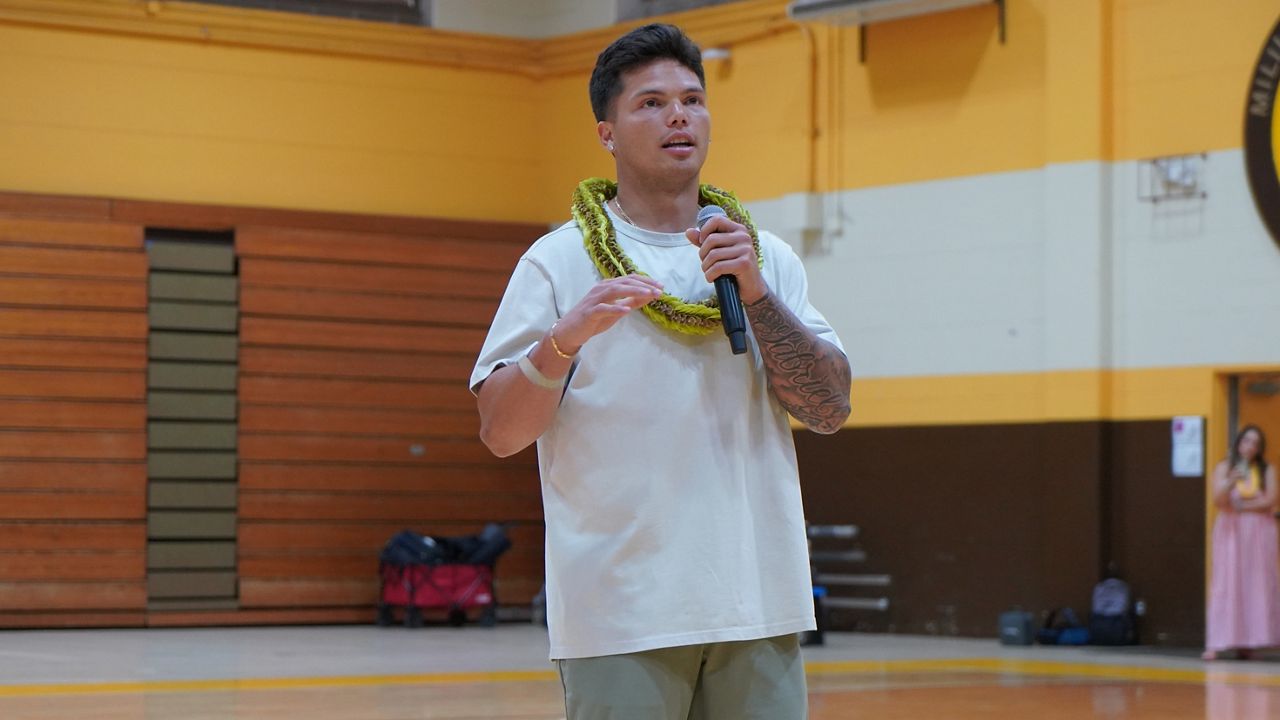The U.S. Senate unanimously passed the so-called Making Advances in Mammography and Medical Options for Veterans Act, which would expand veterans’ access to breast cancer screening and cancer care, on Wednesday.
The bipartisan, bicameral measure was introduced by Sens. Mazie Hirono, D-Hawaii; Jon Tester, D-Montana; John Boozman, R-Arizona; and Susan Collins, R-Maine. It now moves to the House of Representatives for consideration.
“We have a duty to provide our veterans the care and treatment they need to stay safe and healthy after serving our country,” Hirono said. “As the share of veterans who are women continues to rise, fulfilling that duty means strengthening the VA’s ability to identify, treat, and defeat breast cancer. The MAMMO for Veterans Act takes important steps toward that goal by increasing access to testing for individuals in rural areas, making upgrades to VA’s infrastructure, and fundamentally changing the Department’s approach to breast cancer testing and treatment. I’m pleased that this bill is one step closer to becoming law.”
If the bill becomes law, the Department of Veterans Affairs would be required to develop a plan to upgrade VA mammography suites to include 3-D imaging, create a telemammography pilot program for veterans who live in areas where the VA does not offer in-house mammography, and expand veterans’ access to clinical trials through partnerships with the National Cancer Institute.
“Modernizing the VA’s policies to better serve the growing population of women veterans is critical to upholding our promise to our service members,” Boozman said. “Expanding access to screenings, care and clinical trials through partnerships with the National Cancer Institute will help us provide life-saving prevention and treatment to veterans who are at a higher risk of developing breast cancer.”
According to Tammy Barlet, deputy director of national legislative services for the Veterans of Foreign Wars, not all VA medical centers have mammography facilities and of those that do only 88 percent use 3-D screening.
Disabled American Veterans national legislative director Joy Ilem said early detection is critical as more is understood about “the long-term health impacts that toxic exposures and other environmental hazards have on women veterans’ breast and reproductive health.”
Iraq and Afghanistan Veterans of America executive vice president Tom Porter noted that nearly a quarter of all IAVA members live in rural areas and have to drive long distances for health care.
“It can already be a struggle for women veterans to access high-quality breast cancer care even without a long commute,” Porter said.










